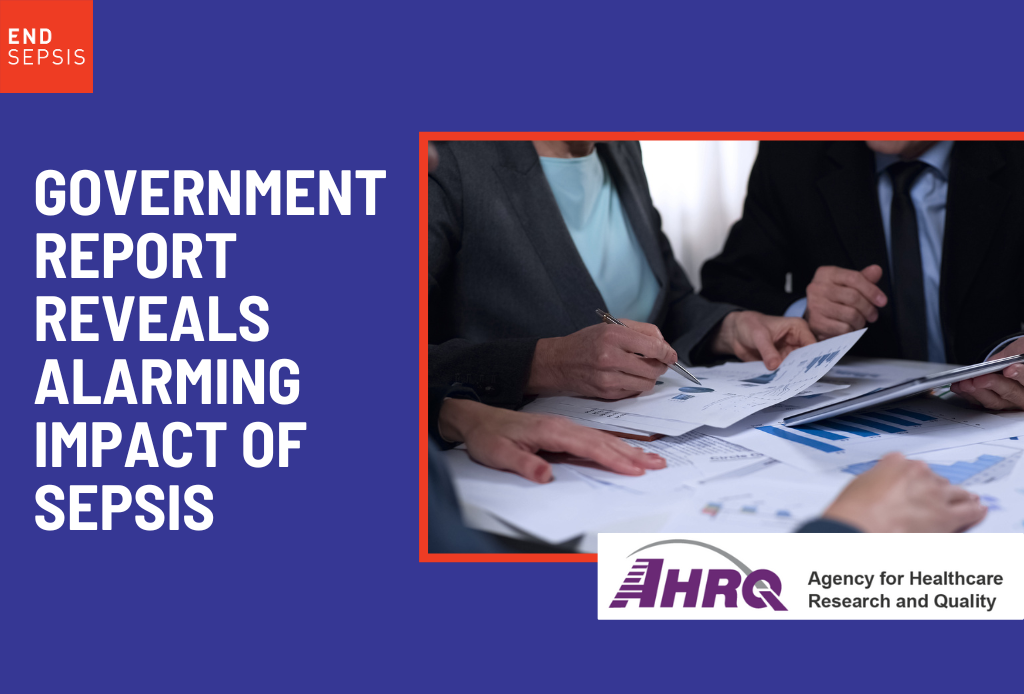
Sepsis, a potentially life-threatening condition triggered by the body’s extreme response to an infection, has been thrust into the spotlight once again with the release of a groundbreaking report by the Agency for Healthcare Research and Quality (AHRQ). This comprehensive study delves into the profound toll sepsis exacts on the healthcare system, the economy, and the lives of Americans.
Report Findings:
Sepsis is not merely a medical issue; it’s a national concern that demands urgent attention. Between 2016 and 2021, in-hospital sepsis deaths surged by 37.5 percent among adults over 65 and a staggering 44 percent among individuals aged 18 to 64. These statistics paint a grim picture of the escalating impact of sepsis on our society.
The financial burden is equally daunting. Hospital costs associated with sepsis skyrocketed by 66.8 percent during the same period, reaching a staggering $52.1 billion in 2021. This exponential rise underscores the urgent need for concerted efforts to mitigate the economic fallout of this insidious condition.
But behind these numbers are stories of human suffering and loss. Sepsis ravages lives, leaving a trail of devastation in its wake. Nearly a third of all in-hospital deaths in 2021 were attributed to sepsis, highlighting the urgent need for improved prevention and treatment strategies.
Digging deeper into the report reveals even more troubling insights. The number of sepsis-related inpatient stays surged by 20.1 percent to 2.1 million between 2016 and 2021. With the emergence of COVID-19, this figure rose even further, climbing by 16.5 percent to 2.5 million between 2019 and 2021. These numbers underscore the complex interplay between sepsis and other public health challenges.
Moreover, sepsis doesn’t discriminate based on age or demographic. From adults aged 65 and older to children and neonates, no one is immune to its devastating effects. Sepsis-related inpatient stays surged across all age groups, underscoring the urgent need for targeted interventions to protect the most vulnerable members of our society.
Economic Toll:
The economic toll of sepsis is equally staggering. Hospital costs for maternal sepsis stays surged to $62 million in 2021, while pediatric sepsis stays accounted for a whopping $1.0 billion in hospital costs. With over half of all sepsis hospital costs expected to be billed to Medicare, the financial implications are far-reaching and profound.
Dr. Nirav R. Shah, Former New York State Commissioner of Health and Chair of the END SEPSIS National Sepsis Initiative Panel of Experts said in a statement following the publication of the report “Thanks to the leadership of Senator Schumer, AHRQ was funded to create this important snapshot of sepsis’ toll on America. I believe this is a call to action for our legislators and HHS to address the wide gap between the current level of investment in preventing sepsis and the real cost – beyond lives lost – for all Americans,”
Access the full report: Overview of Outcomes for Inpatient Stays Involving Sepsis, 2016–2021

